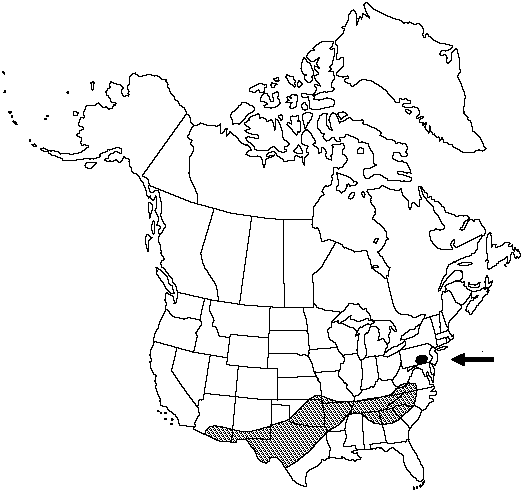Cheilanthes tomentosa
Hort. Berol. 2: 42. 1833.
Stems compact, usually 4–8 mm diam.; scales mostly bicolored, with broad, well-defined, dark, central stripe and narrow, light-brown margins, linear-lanceolate, straight to slightly contorted, loosely appressed, persistent. Leaves clustered, 8–45 cm; vernation noncircinate. Petiole usually dark-brown, rounded adaxially. Blade oblong-lanceolate, usually 4-pinnate at base, 1.5–8 cm wide; rachis rounded abaxially, with scattered linear scales and monomorphic pubescence. Pinnae not articulate, dark color of stalk continuing into pinna base, basal pair not conspicuously larger than adjacent pair, usually equilateral, appearing tomentose adaxially. Costae green adaxially for most of length; abaxial scales multiseriate, linear, truncate at base, inconspicuous, the largest 0.1–0.4 mm wide, loosely imbricate, not concealing ultimate segments, usually entire, not ciliate. Ultimate segments oval or rarely oblong, beadlike, the largest 1–2 mm, abaxially densely tomentose, adaxially pubescent with fine, unbranched hairs. False indusia marginal to obscurely inframarginal, somewhat differentiated, 0.05–0.25 mm wide. Sori ± continuous around segment margins. Sporangia containing 32 spores. n = 2n = 90, apogamous.
Phenology: Sporulating summer–fall.
Habitat: Rocky slopes and ledges, on a variety of substrates including limestone and granite
Elevation: 200–2400 m
Distribution

Ala., Ariz., Ark., Ga., Kans., Mo., N.Mex., N.C., Okla., Pa., S.C., Tenn., Tex., Va., W.Va., Mexico
Discussion
Cheilanthes tomentosa is an apogamous triploid of unknown parentage. It is closely related to C. eatonii, but it is distinguished by having narrower, less prominent costal scales. Natural hybrids between these two species have been reported (D. S. Correll 1956), but such hybrids are unlikely because both species are apogamous in the supposed region of hybridization.
Selected References
None.
Lower Taxa
"wide" is not a number."fine" is not a number.
